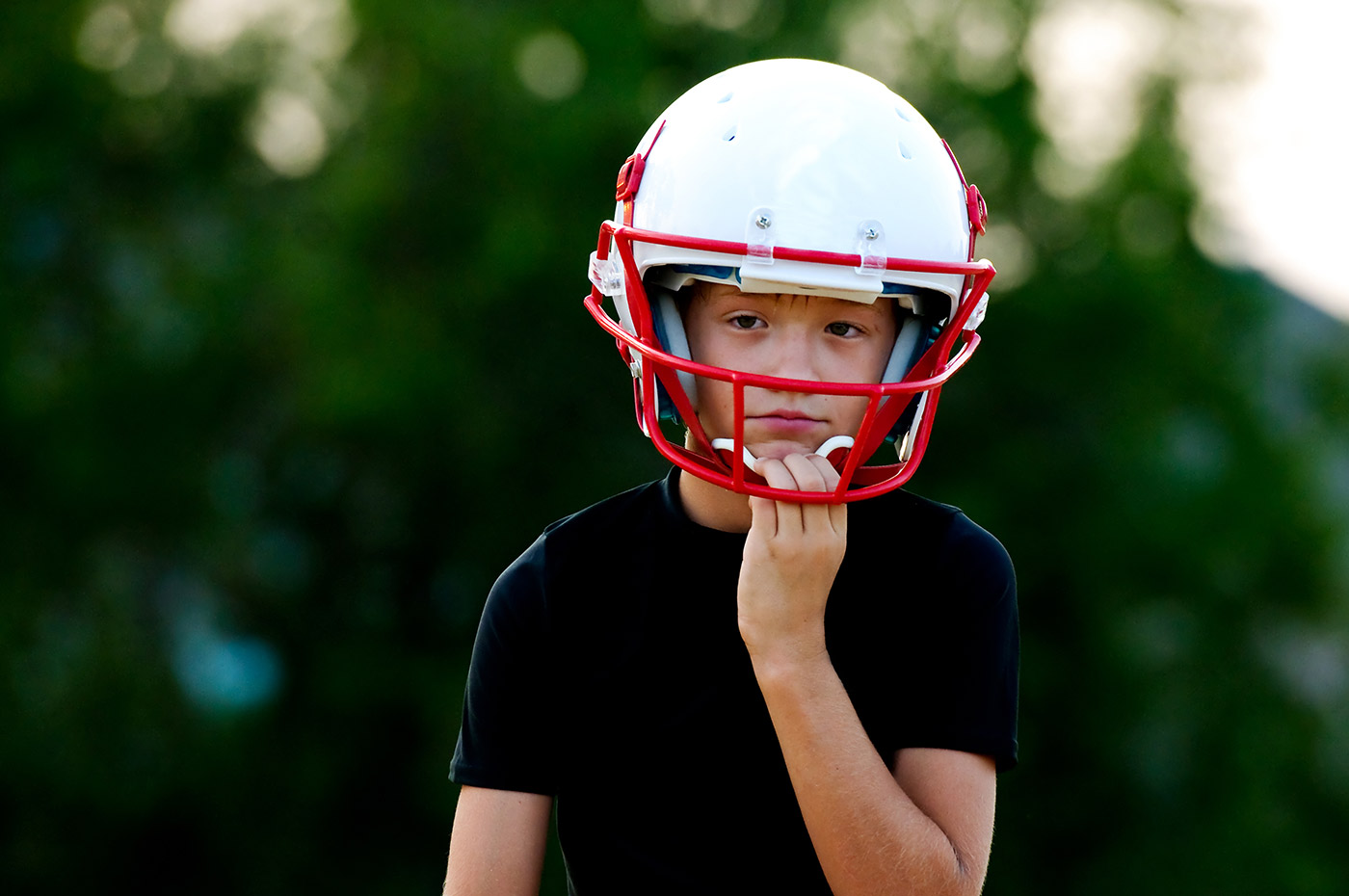
On September 19th, researchers at the Boston University’s Chronic Traumatic Encephalopathy (CTE) Center put out a study that might influence the way parents view youth athletics. According to the paper, published in the prestigious Translational Psychiatry, people who played sports before the age of 12 are more likely to suffer from behavioral and mood disorders later in life. Scientists studied 214 former American football players, who, during the course of the study, underwent various tests, given via telephone. The tests were meant to determine the behavioral and cognitive status of each player. Ultimately, the study aimed to compare the results of the players who had started playing football prior to age 12 with those who had begun the sport after turning 12.
Key Developmental Period
Since, at 12-years old, the adolescent brain ends an important period of development, researchers found this to be the ideal cutoff. The scientists found that it didn’t matter how long the person played football or how many concussions the person received in his lifetime. The key factor was whether the player started playing before or after 12-years old. Those who started playing football in their preteens were twice as likely to experience “problems with behavioral regulation, apathy and executive function” and three times as likely to experience “clinically elevated depression scores.”
Many Studies
As noted by the New York Times, the study aligns with numerous other reports. One such study, published last year, found that young boys, aged 8 to 13, experienced decreased brain functioning after a single season of football. Though, researchers noted, none of the 24 children involved in the study showed signs of concussion.
Young People at Risk
Another study, put out by the University of Michigan, found that 20 percent of teens have, at some point, experienced a concussion. The study, which was boasted by scientists as the first to include a survey of young people, included 13,000 junior-high and high school students. Each respondent was asked whether they “ever had a head injury that was diagnosed as a concussion?” One in five responded in the affirmative and 5.5 percent said they had more than two diagnosed concussions. Most of the students who suffered concussions were older males involved in some type of contact sport. According to Phil Veliz, “Concussions are quite common especially among adolescents. It needs to be tracked and monitored.”
Corpses
Another paper, also published on the JAMA Network, studied 202 corpses (all deceased football players) to determine the prevalence of CTE. CTE is a degenerative brain disease caused by multiple head injuries. Perhaps unsurprisingly, researchers discovered that 177 (or 87 percent) of the corpses showed signs of CTE. One hundred and eleven of the deceased bodies were NFL players during their lifetime. Of those, 110 were found to have CTE – that’s 99 percent of the dead NFL players.
Unavoidable
For years, the NFL refused to acknowledge the link between brain injuries and football. But more recently, officials have accepted the now obvious fact: brain injuries and football go hand in hand. Their response has been lukewarm. The league has indicated that it is pushing for safer forms of tackling. Additionally, officials have publically advocated for flag football in place of the rougher tackle football.
As studies proliferate, fewer and fewer kids are joining football teams and in some cases, schools are shutting down their programs, fearing rampant head injuries. This has resulted in a 20 percent reduction in youth football players since 2009.
Hopefully, as research papers continue to come out, the sport will adapt, finding ways to prevent the development of unnecessary cognitive disorders.
Related articles:















